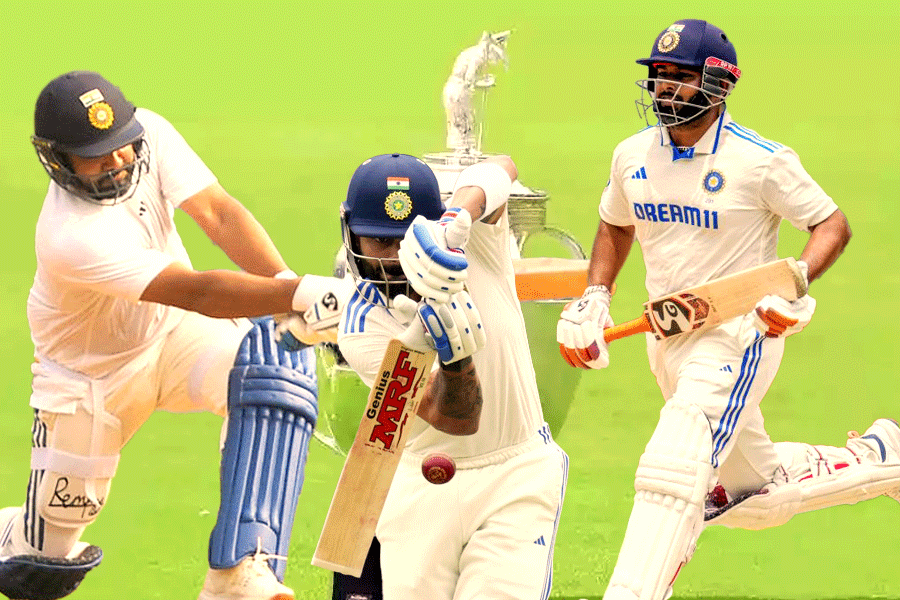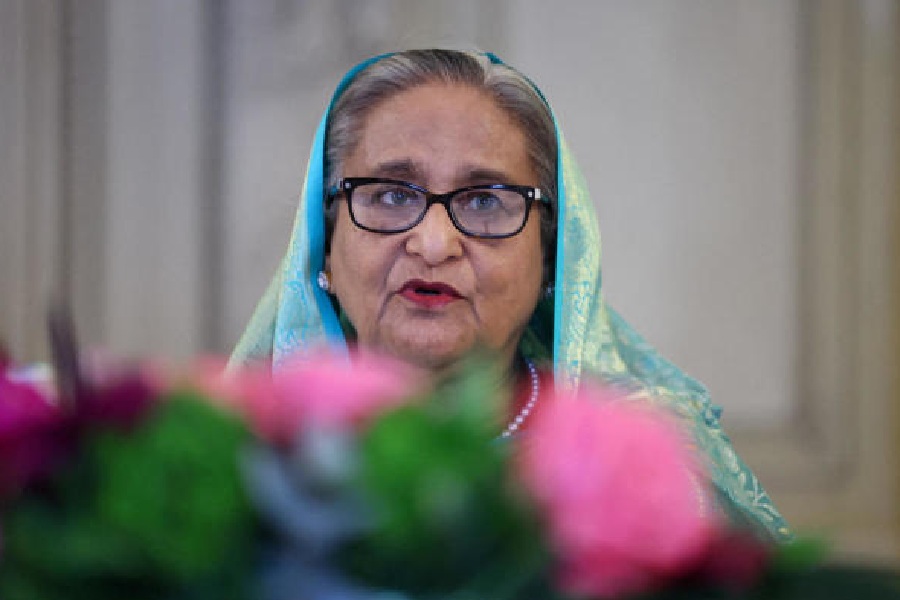The three dissenting judges on the seven-judge bench on Friday disagreed with the majority view that the five-judge verdict of 1967 that denied minority status to Aligarh Muslim University was incorrect.
Justice Surya Kant, Justice Dipankar Datta and Justice Satish Chandra Sharma upheld the 1967 judgment, which said that since AMU had been established by a central law, it was a central university and not a minority institution.
Justice Kant agreed with the majority opinion on some points but, in general, he said the 1967 verdict could not be overruled. The points on which Justice Kant differed slightly with the 1967 judgment:
- The 1967 ruling appears incorrect when it says that since Section 6 of the AMU Act, 1920, stipulates that degrees conferred by AMU would be recognised by the government, the institution could not have been “brought into existence by a private individual or body”.
- Minority institutions established in the pre-Constitution era too are entitled to the protection conferred by Article 30 (which allows minorities to establish and run their own institutions).
- Educational institutions, with reference to Article 30, include universities too.
- To seek protection under Article 30, a minority institution must satisfy the conjunctive test, namely, that it was established by a minority community and has been or is being administered by such a community.
Justice Datta, in his separate dissenting judgment, said: “I find myself being drawn to the irresistible conclusion that AMU has not been administered by a minority community at any point in time. The Act places the ultimate control of the University with the Central Government, and the Central Government and its predecessor have been administering AMU since 1920.
“Moreover, universities of national importance, such as AMU, cannot be subordinated to the control of any minority community or particular group. Their national character necessitates that they remain under the jurisdiction of the Central Government to ensure that their operations and management align with their designated national significance. This is crucial as the Central Government provides full funding.”
Justice Datta said that if “establishment” by a minority community is to be claimed, the community must have actually and tangibly brought the entirety of the institution into existence. The role played by the minority community must be predominant, in fact, almost complete to the point of exclusion of all other forces.
Second, the purpose of the institution must have been to solely or predominantly serve the interests of the minority community.
Third, the institution must be predominantly administered as a minority institution with the actual functional, executive and policy administration vested with the minority. The authority to hire and fire staff must be with the minority community. Further, even if teaching or administrative staff includes non-minority people, the final authority exercising functional, directional and policy control must be from the minority community.
Justice Sharma said that to claim minority status, “the institution must be predominantly administered as a minority institution with the actual functional, executive and policy administration vested with the minority”.
“The minority community should determine the selection, removal criteria, and procedures for hiring teaching, administrative staff, and other personnel.”











